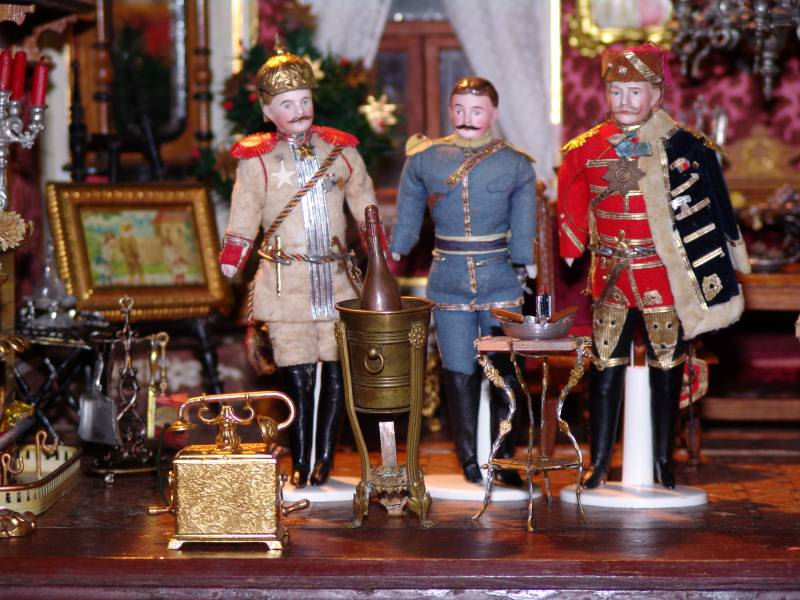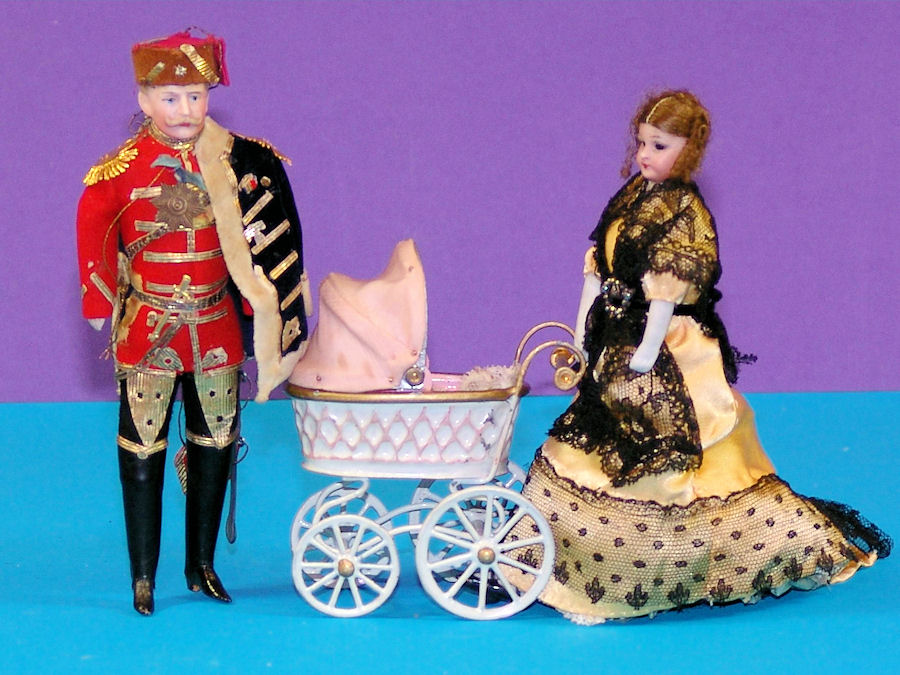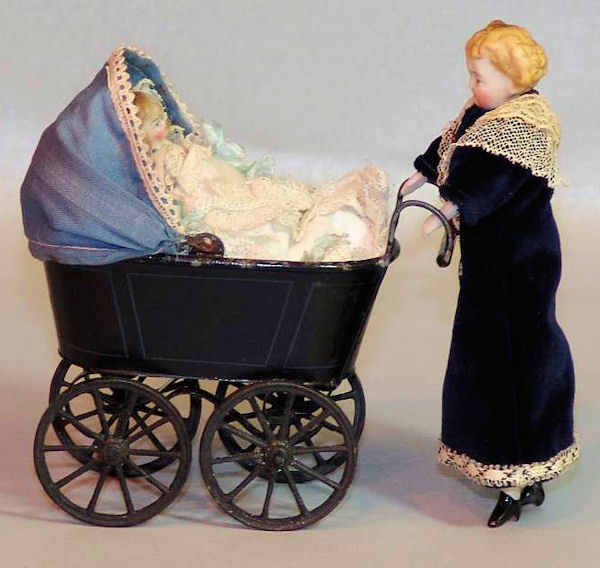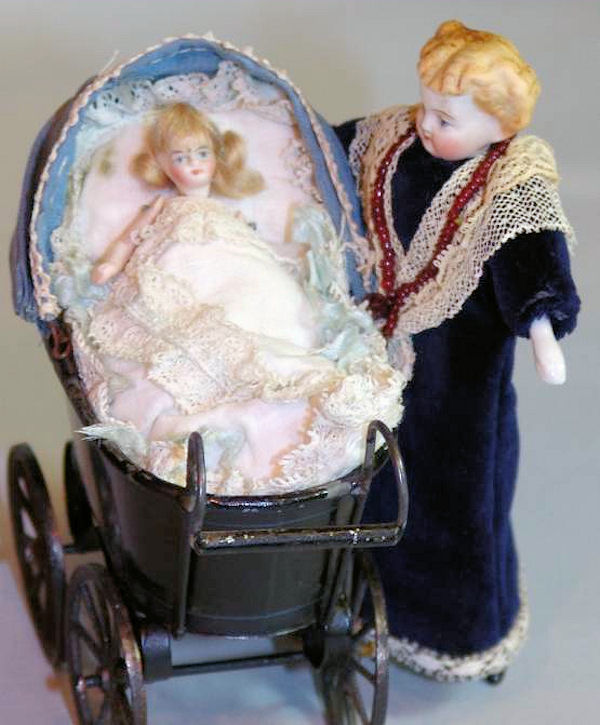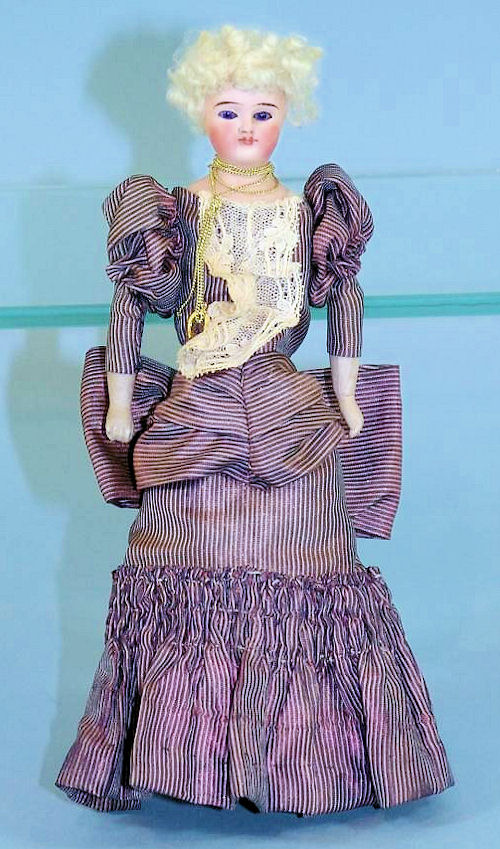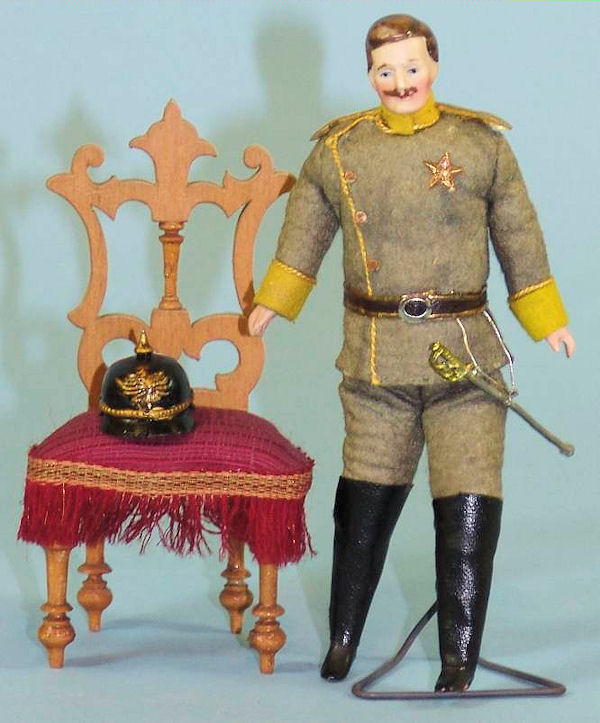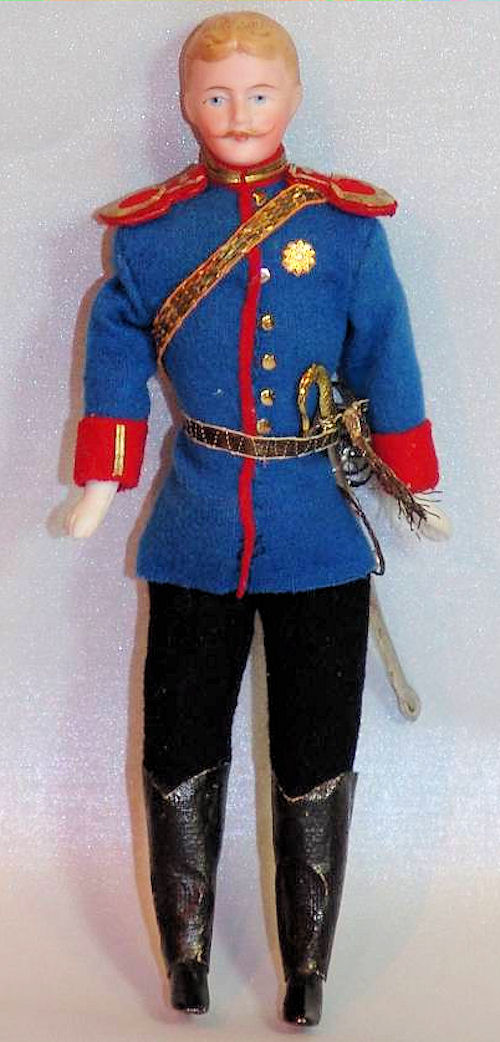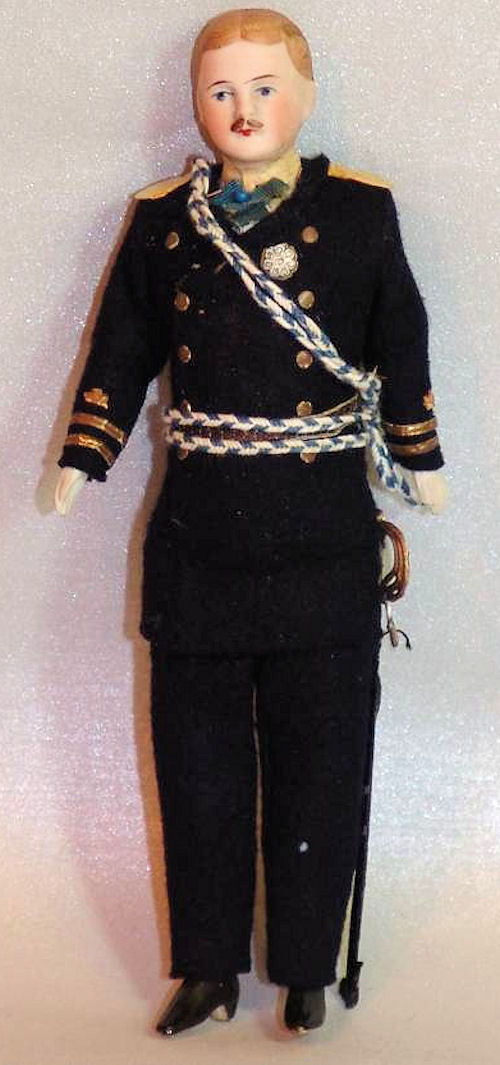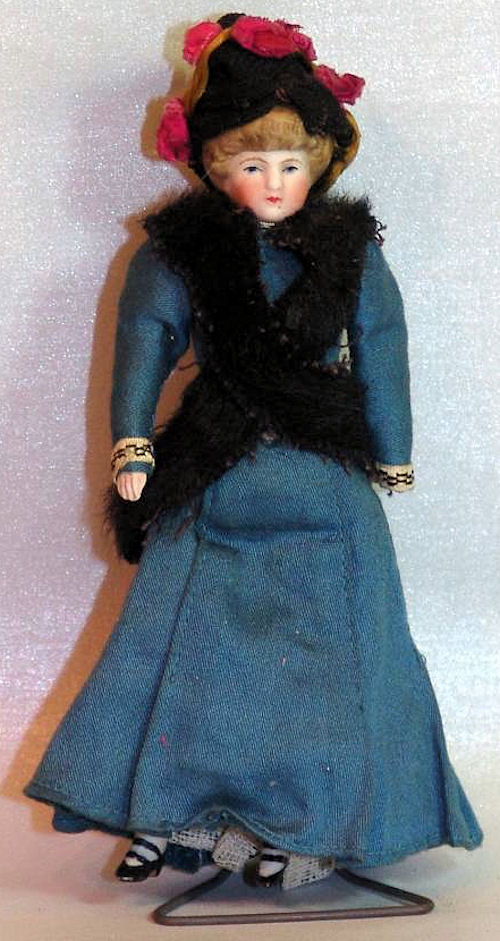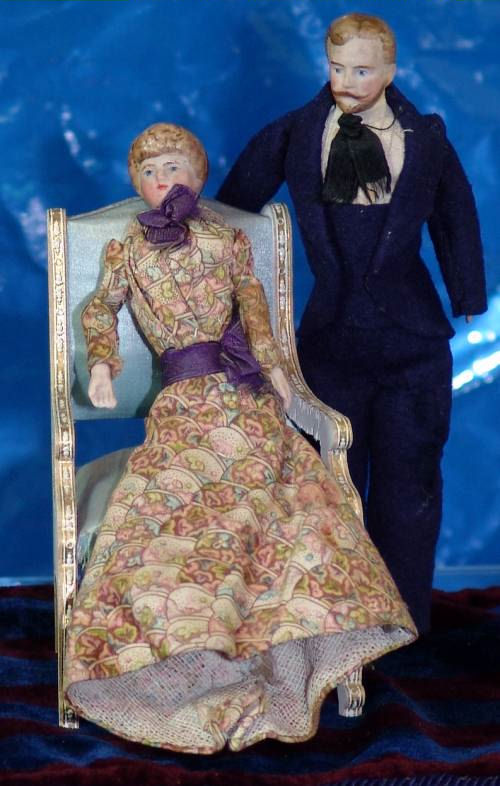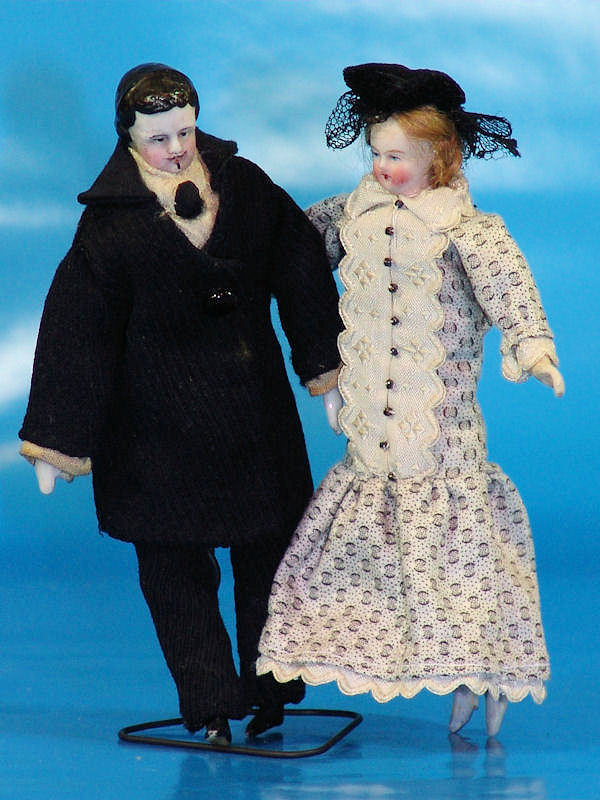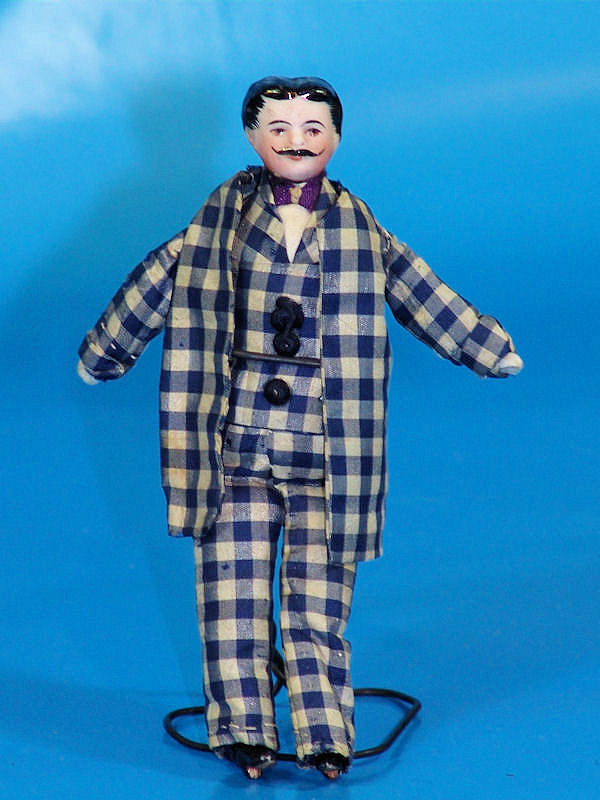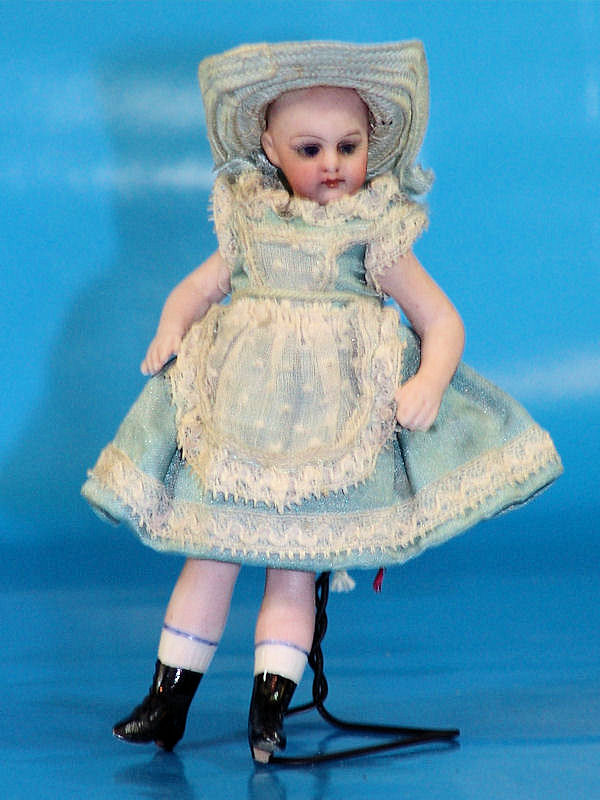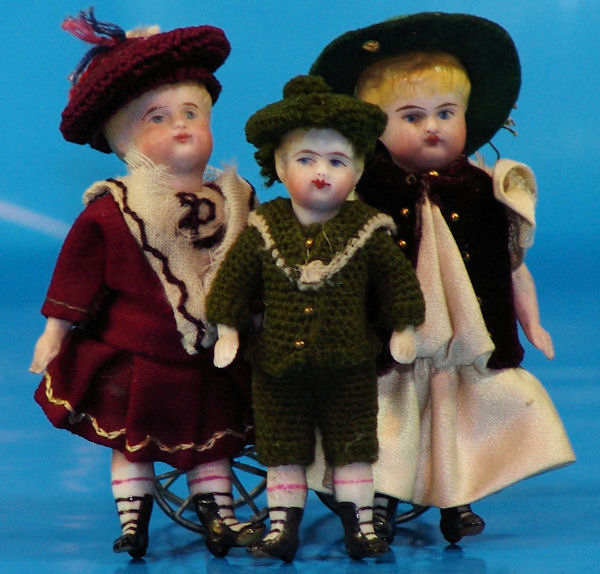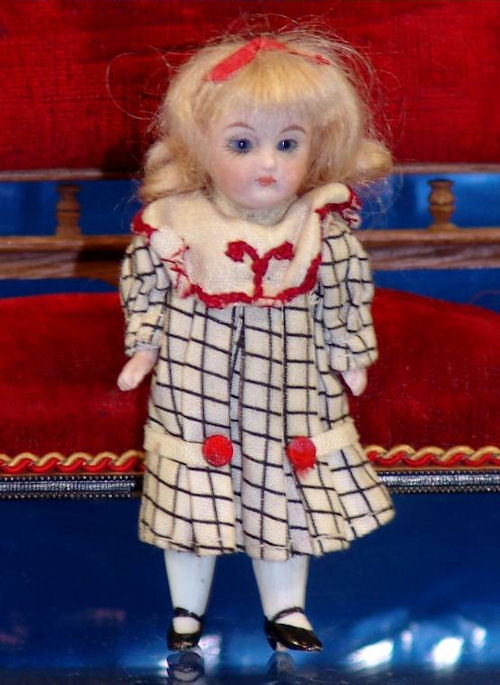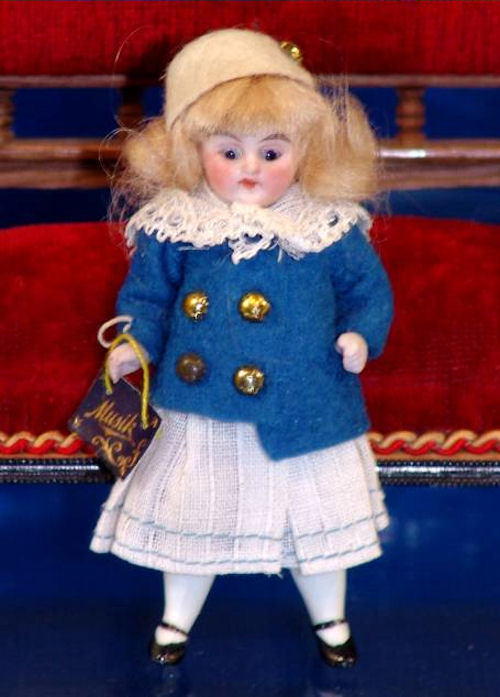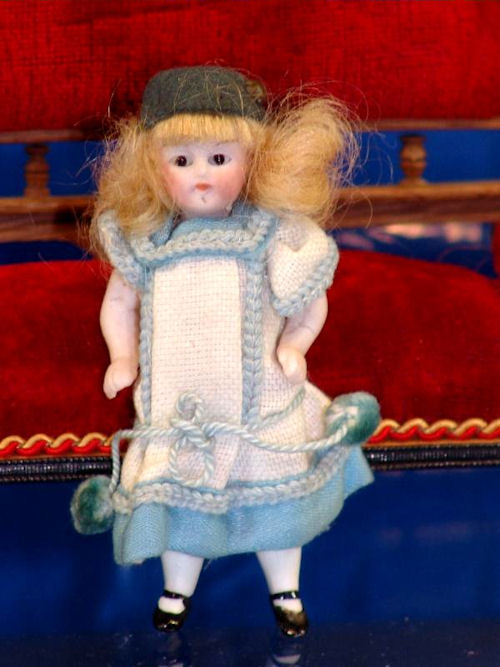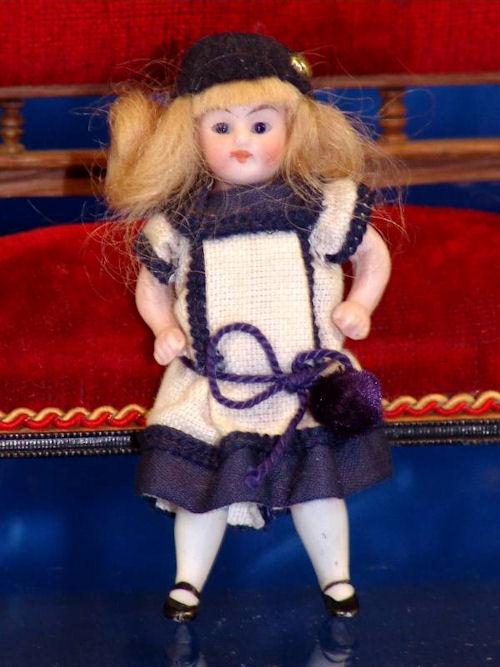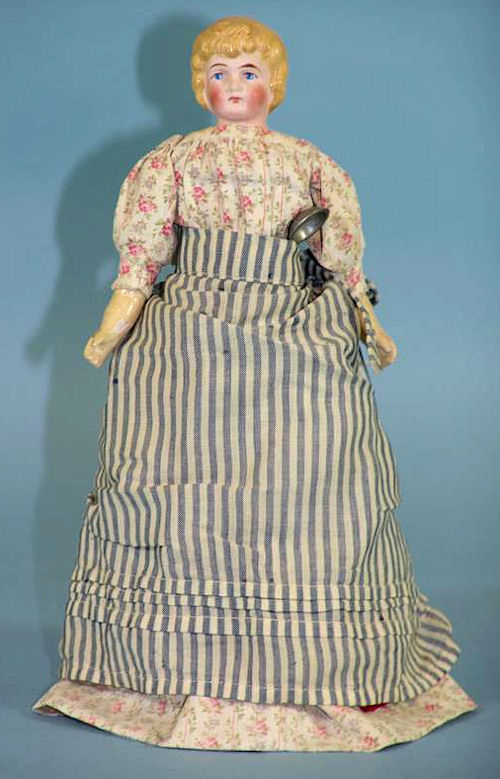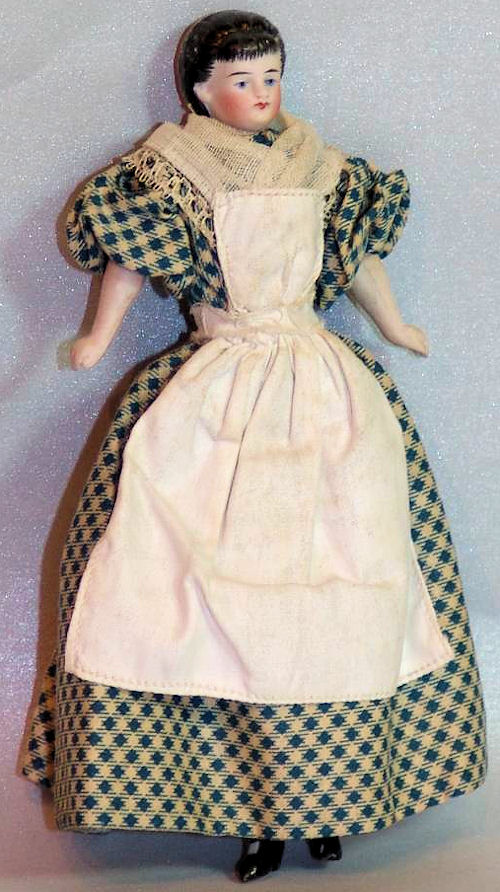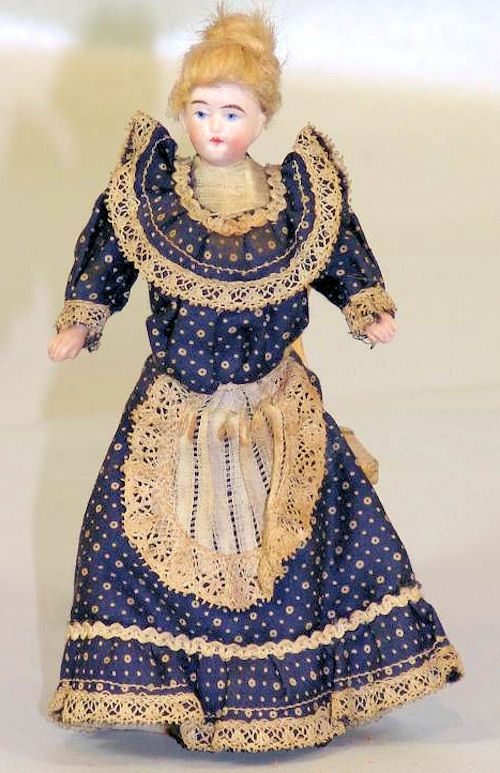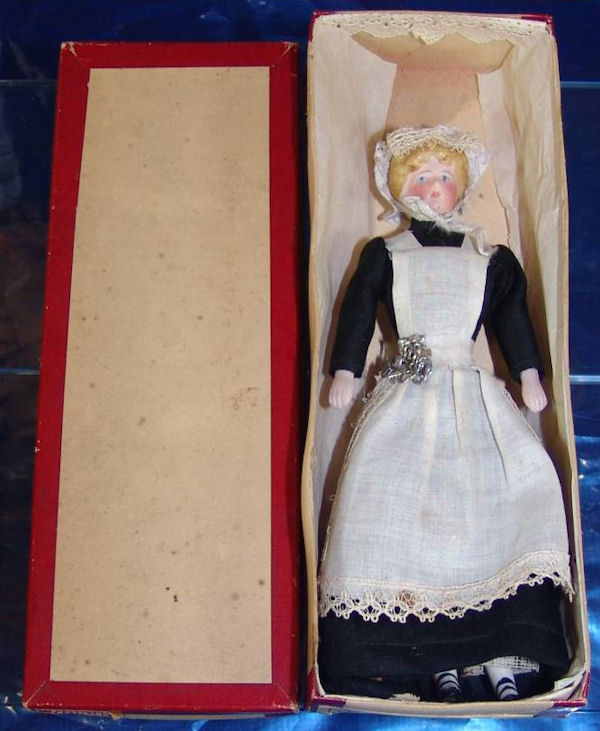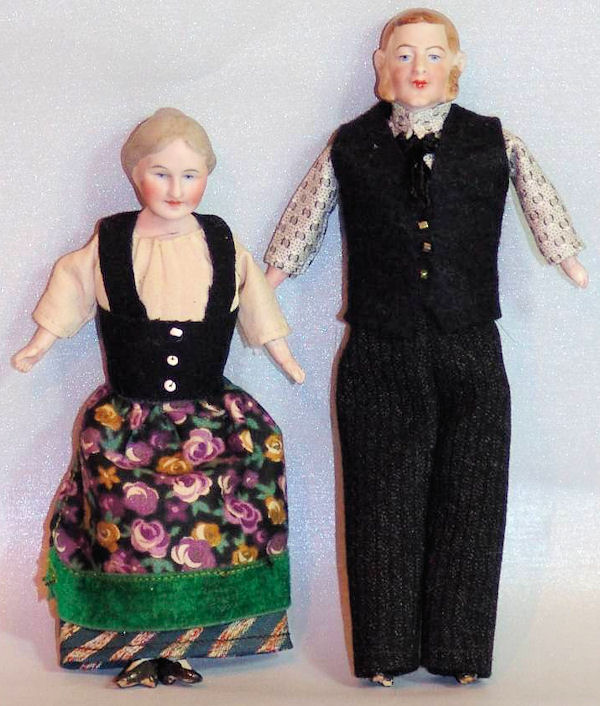History of the doll's houses
A doll's house is the reproduction of an apartment or a small house, furnished and furnished for miniature dolls. Dollhouses belong to the gender-specific toy, which was originally meant only for girls. Dollhouses and their furniture are traditionally made of wood.
Since children have always been able to playfully recreate the world of their parents, the pieces obtained are important examples of past cultural traditions. With their construction and their furnishings, doll houses document striking modesty and are a reflection of society and life of the past days.
The history of the doll house dates back to the 16th century. The oldest known doll house was built in 1558 for Duke Albrecht V of Bavaria - but not as a toy, but as the smallest work of art and sculpture. In the 17th and 18th century, wealthy patrician families in Nuremberg and Augsburg took up this idea and built their houses in small format to show their wealth. At that time, they were merely objects of observation for children. It was only in the Biedermeier that the first dolls' houses were created for girls, in order to prepare them playfully for their later task as housewife. The buildings were of the upper class, which were reproduced as naturally as possible.
In the late 19th century there were also individual rooms as a doll's room, especially doll kitchens, which were equipped with all necessary kitchen utensils. At this time, the store opened, with which boys could also play. In the meantime, dolls' houses were manufactured industrially, but in poorer families they were made in simple form in manual work. In the past, it was customary to build the dolls' house for Christmas eve, and to pack them again after Christmas in January, stowing them in the attic so that only a short time could be played with them.
At first, the dolls 'houses, above all others, were also meant as educational means for the little girls and later housewives. It was a good start to practice how a household could be conducted.
Old specimens can now be seen in toy malls and are sought-after collectibles.
One of the most unique features in the world is a unique doll town called Mon Plaisir. It was made for Princess Augusta Dorothea of Schwarzburg-Arnstadt (1666-1751) in Arnstadt, Thuringia. This town consists of numerous dolls' rooms, was never intended as a toy, but as a work of art. The aim was to recreate the reality of the time with the nobility, the middle classes and the peasants. The princely residence is represented in numerous rooms, with small scenes depicted in each room with dolls, as an image of courtly life. The city also contains a monastery in miniature. It is also the home of craftsmen and a market. The doll town of more than 400 dolls, handmade by the court of the princess, is populated. Since 1932, the entire complex has been owned by the Arnstädter Museumsstiftung.
Website Mon Plaisir: Mon Plaisir (Wikipedia)
